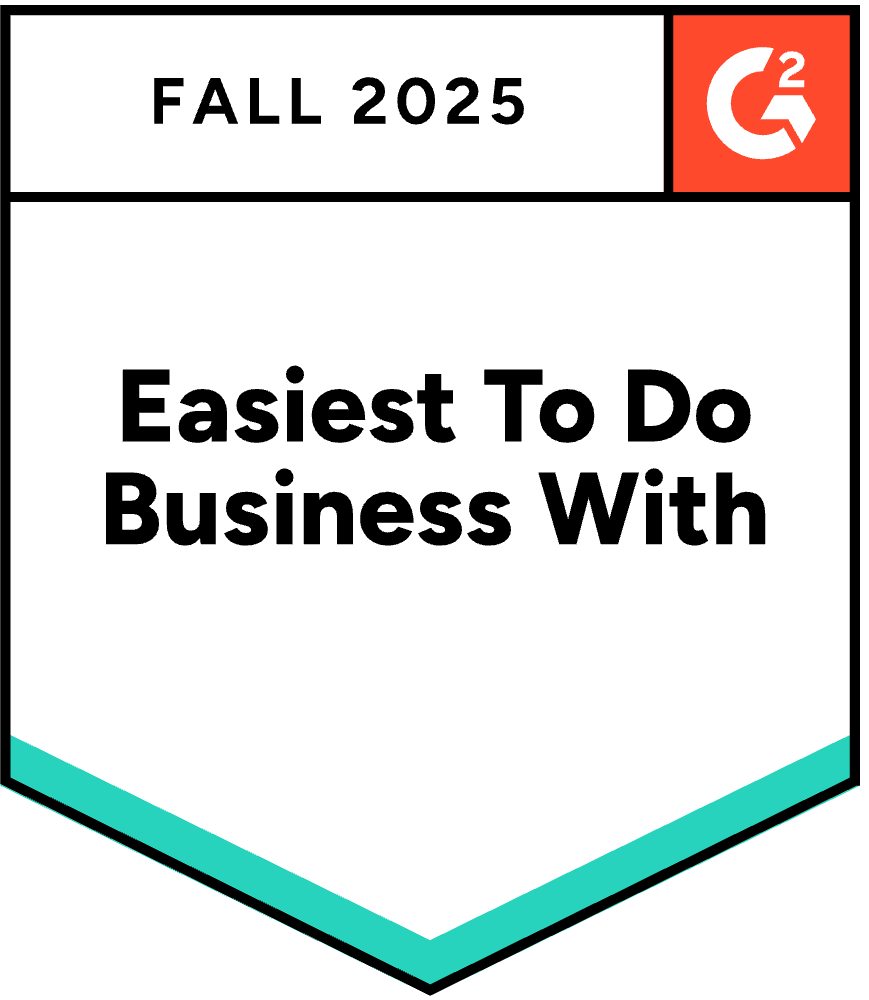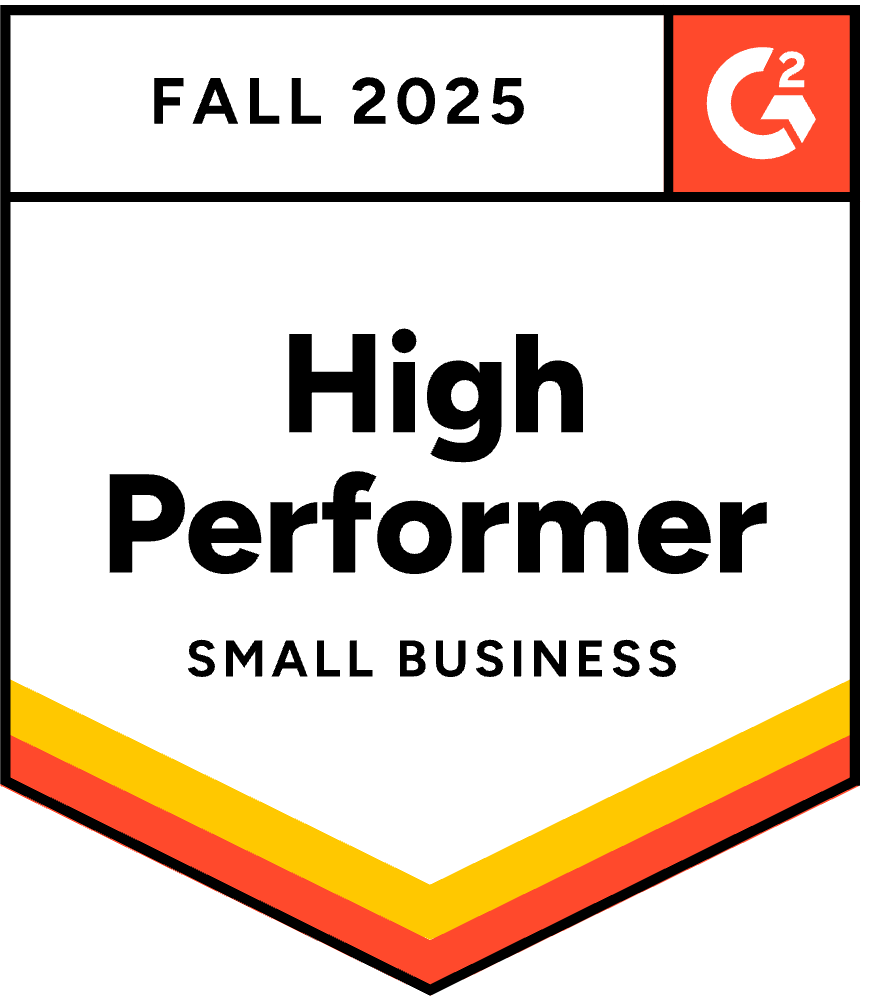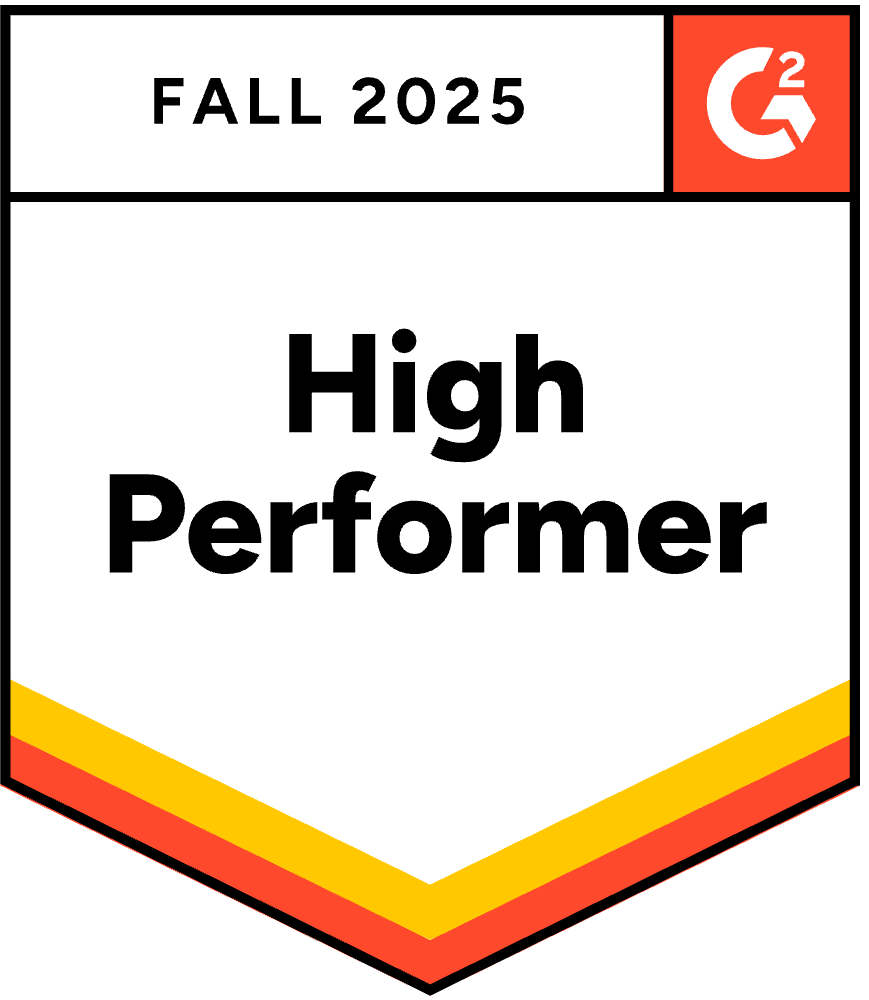How RFP Strategy Can Strengthen Your Brand
October 23, 2024
By
Sagee Moyal

When Should a Software Company Bid on an RFP?
When should a software company bid on an RFP? The answer goes beyond waiting for the perfect “golden RFP.”
A strong RFP strategy isn’t just about chasing perfect-fit opportunities—it’s about building your brand, positioning your company as a valuable solution provider, and forcing organizations to take notice.
While a “golden RFP”—one where the requirements perfectly align with your expertise—should always be a priority, bidding on RFPs should also be viewed as part of a broader growth strategy to increase visibility and credibility, even when the fit isn’t flawless.
Learn the basics in What Is an RFP?.
RFPs as Conversations, Not Transactions
An RFP is not just a transaction—it’s a conversation starter.
By responding thoughtfully, you gain valuable insight into a business’s core needs, uncovering opportunities to show how your software delivers value beyond the baseline requirements.
A well-crafted response demonstrates your:
- Industry knowledge
- Innovation and problem-solving
- Commitment to partnership
Even if you’re not the obvious choice, you’re positioning yourself as a serious contender.
Some of the most successful RFP strategies come from companies that use responses not only to compete, but to educate buyers, shift perceptions, and establish themselves as long-term partners.
Even if you don’t win, you’ve planted a seed—your name becomes associated with professionalism, thought leadership, and reliability. Procurement teams remember these qualities when new opportunities arise.
Explore related insight: How to Write a Winning RFP Response.
The “Golden RFP”
Of course, the golden RFP—where requirements directly match your product’s strengths—should be your top priority. These opportunities usually check several boxes:
- Requirements align with your existing capabilities
- The buyer’s budget fits your pricing model
- The project matches your ideal customer profile (ICP)
- Your software has clear advantages over competitors
Golden RFPs are rare, but when they appear, they offer the highest ROI for your proposal team.
Learn how to improve win rates in Maximizing Your RFP Win Rate.
Identifying “Baked” RFPs
Not all RFPs are created equal. Some are baked for competitors—crafted with biased language, specific requirements, or technology preferences that clearly favor one vendor.
Instead of walking away in frustration, use these RFPs as learning opportunities:
- What features or language are competitors using to their advantage?
- How does this reflect shifting market expectations?
- Can this insight inform your product roadmap, messaging, or positioning?
Even when you don’t win, engaging strategically builds credibility and yields competitive intelligence that strengthens future bids.
Learn more in RFP Automation: The Modern Approach.
The Brand-Building Effect of Every RFP
Every RFP response builds your brand’s reputation. Even if you don’t win, your participation signals to procurement teams that your company is serious, reliable, and capable of delivering value.
Think of each RFP as a marketing touchpoint that helps you:
- Highlight your unique differentiators
- Educate buyers on industry best practices
- Position your software as a strategic solution, not just a product
This brand-building effect compounds over time. The more often buyers see your name in RFP cycles, the more they associate your brand with expertise and credibility—increasing the likelihood they’ll reach out when a better-fit project arises.
For tips on maintaining brand consistency, see Proposal Automation Software.
Building a Balanced RFP Strategy
So, when should a software company bid on an RFP?
The short answer: More often than just the “golden” ones—but always strategically.
Here’s the approach top-performing teams use:
- Bid aggressively on golden RFPs where you’re a strong fit.
- Respond selectively to less-than-perfect RFPs to gain visibility and demonstrate expertise.
- Analyze competitor-baked RFPs to refine your roadmap, pricing, and positioning.
By treating RFPs as opportunities to start conversations and build credibility, not just close deals, software companies can transform each submission into a stepping stone toward stronger relationships and future wins.
Related Resources
- What Is an RFQ?
- RFI vs RFQ vs RFP: Key Differences
- AI RFP Software for 2025
- How to Streamline Proposal Responses with AI
Final Takeaway
Bid smart. Bid strategically. And remember: every RFP you respond to—win or lose—builds momentum for the next one.
When you approach RFPs as relationship builders, not just revenue opportunities, your software company earns visibility, credibility, and trust that compound over time.
Share this post
Link copied!



















